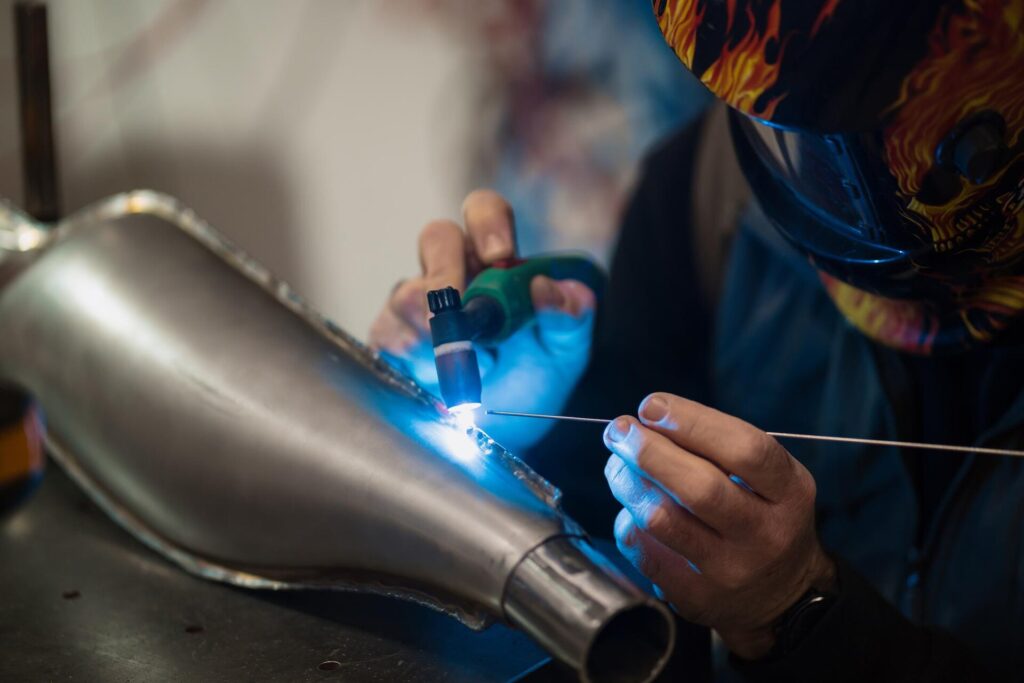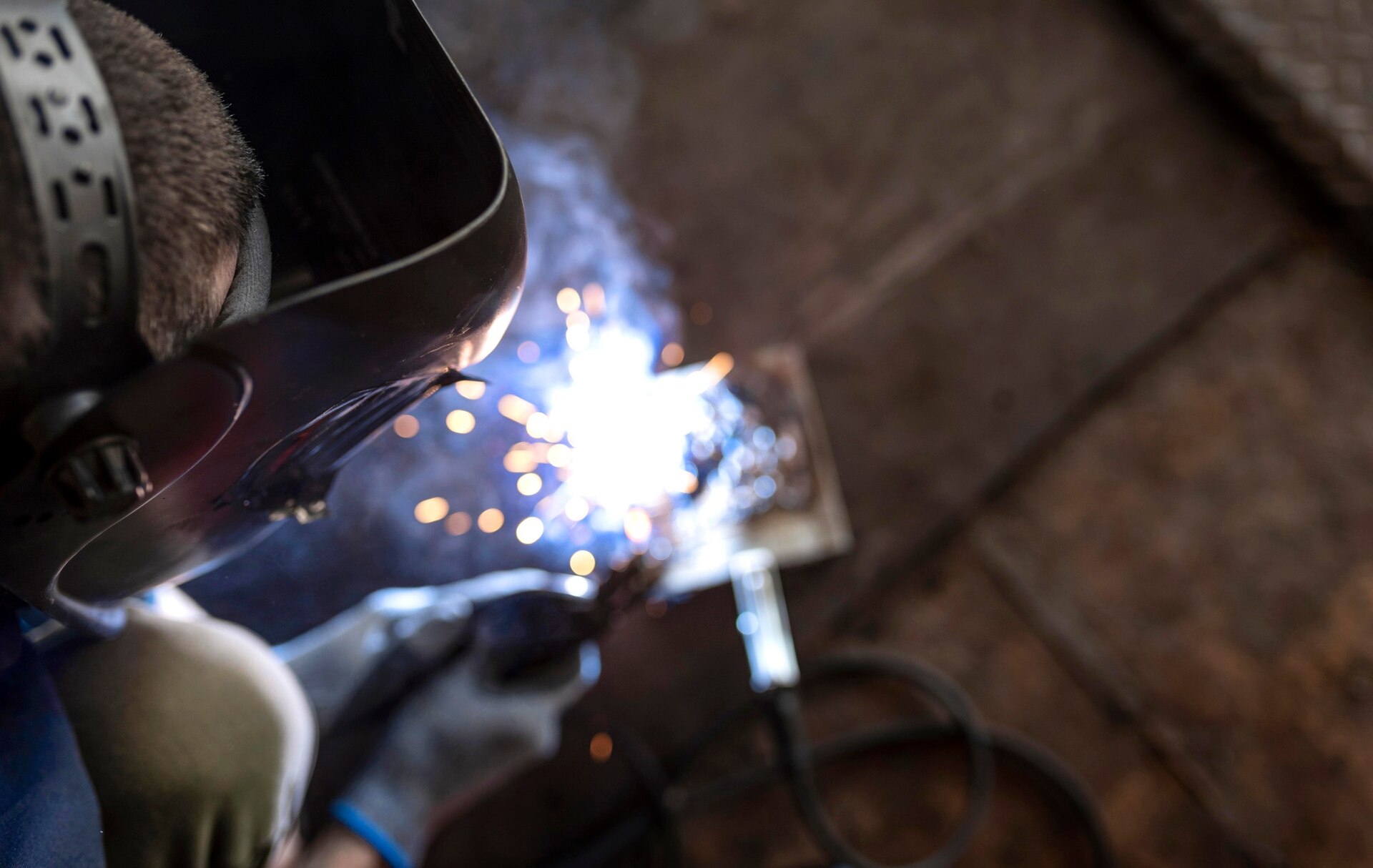Welding Lead: Your Ultimate Guide
Are you looking for information on welding leads? Look no further than our ultimate guide. Welding leads are essential cables used to connect welding machines to the electrode holder and workpiece. In this guide, we’ll cover everything you need to know about welding leads, including the different types available, their specifications, and how to choose the right one for your welding job.
We’ll also provide tips on how to maintain and repair your welding leads to ensure their longevity and safety. Whether you’re a beginner or an experienced welder, our guide has something for everyone. So, if you’re ready to learn more about welding leads, read on and discover all the information you need to know.

5 Keys to Choosing the Right Welding Lead
When it comes to welding, choosing the right welding lead is crucial for a successful and safe welding process. Here are five key factors to consider when selecting the right welding lead for your project:
1. Material Type
Different welding leads are designed for different materials, such as aluminum, steel, or copper. Make sure to choose a welding lead that is compatible with the material you will be welding.
2. Amperage Rating
The amperage rating of a welding lead determines the amount of current it can handle. It is important to choose a welding lead with an amperage rating that matches the requirements of your welding machine.
3. Length
The length of the welding lead can affect the quality of the weld. A longer lead can result in a voltage drop, which can lead to a weaker weld. Consider the distance between your welding machine and the workpiece when choosing the length of your welding lead.
4. Flexibility
A flexible welding lead can make it easier to maneuver the welding gun and reach tight spaces. Consider the flexibility of the welding lead when selecting the right one for your project.
5. Durability
A welding lead that is durable and resistant to wear and tear can save you money in the long run. Look for welding leads made from high-quality materials that can withstand the demands of your welding projects.
10 Simple Methods for Maintaining Welding Leads
Maintaining welding leads is crucial for ensuring the safety and efficiency of your welding operations. Here are some simple methods to keep your welding leads in top condition:
1. Regular Inspection
Inspect your welding leads regularly for any signs of damage or wear and tear. Look for cracks, cuts, or frayed wires.
2. Proper Storage
Store your welding leads in a dry and cool place to prevent damage from moisture and heat. Use a welding lead reel or hanger to keep them organized.
3. Cleaning
Clean your welding leads regularly to remove any dirt, debris, or grease. Use a wire brush or a cloth to wipe them down.
4. Avoid Twisting
Avoid twisting or kinking your welding leads as it can damage the wires and affect the electrical conductivity.
By following these simple methods, you can ensure the longevity and safety of your welding leads.
5 Steps to Repairing Damaged Welding Leads
If you’re a welder, you know that welding leads are an essential part of your equipment. However, they can get damaged over time due to wear and tear. Don’t worry, repairing them is not as difficult as it may seem. Here are five steps to repairing damaged welding leads.
Step 1: Identify the Damage
The first step is to identify the damage. Check for any cuts, cracks, or burns on the lead. If the damage is severe, you may need to replace the lead altogether.
Step 2: Cut the Damaged Area
Once you’ve identified the damage, cut the damaged area using a wire cutter. Make sure to cut a few inches away from the damaged area to ensure that you remove all the damaged parts.
Step 3: Strip the Wires
After cutting the damaged area, strip the wires using a wire stripper. Make sure to strip enough wire to connect the lead to the electrode holder or the ground clamp.
Step 4: Connect the Wires
Connect the wires using a crimping tool or a soldering iron. Make sure to connect the wires securely to avoid any loose connections.
Step 5: Test the Lead
Finally, test the lead to ensure that it’s working properly. Connect the lead to the electrode holder or the ground clamp and test it by welding a small piece of metal.
By following these five steps, you can easily repair your damaged welding leads and get back to welding in no time.
The Top 5 Types of Welding Leads Explained
Welding leads are an essential component of any welding setup, and choosing the right type of lead can make a significant difference in the quality of your welds. There are several types of welding leads available, each with its unique characteristics and benefits.
1. Copper Welding Leads
Copper welding leads are the most common type of welding lead and are known for their durability and flexibility. They are also highly conductive, which makes them ideal for high-amperage welding applications.
2. Aluminum Welding Leads
Aluminum welding leads are lightweight and flexible, making them easy to maneuver in tight spaces. They are also highly resistant to corrosion, which makes them ideal for outdoor welding applications.
3. Steel Welding Leads
Steel welding leads are strong and durable, making them ideal for heavy-duty welding applications. They are also highly resistant to heat and abrasion, which makes them ideal for welding in harsh environments.
4. Rubber Welding Leads
Rubber welding leads are highly flexible and resistant to damage from heat and abrasion. They are also highly resistant to chemicals, which makes them ideal for welding applications that involve exposure to chemicals.
5. Hybrid Welding Leads
Hybrid welding leads are a combination of copper and aluminum, which makes them highly conductive and lightweight. They are also highly flexible, which makes them ideal for welding applications that require a lot of movement.
Where to Buy Quality Welding Leads: 10 Tips
Finding the right welding leads can be a daunting task, but it doesn’t have to be. With the right knowledge and resources, you can easily find quality welding leads that meet your needs. Here are 10 tips to help you find the best welding leads:
1. Research Online
Start by researching online to find reputable welding lead suppliers. Look for reviews and ratings from previous customers to get an idea of the quality of their products and services.
2. Check Local Welding Supply Stores
Visit local welding supply stores to see their selection of welding leads. This will give you a chance to see the products in person and ask any questions you may have.
3. Ask for Recommendations
Ask other welders for recommendations on where to buy quality welding leads. They may have valuable insights and experiences to share.
4. Consider the Price
While price shouldn’t be the only factor in your decision, it’s important to consider your budget and find a supplier that offers fair prices.
5. Look for Warranty and Return Policies
Make sure the supplier offers a warranty and return policy for their welding leads. This will give you peace of mind in case you encounter any issues with the product.
6. Check the Material and Gauge
Make sure the welding leads are made from high-quality materials and the appropriate gauge for your welding needs.
7. Consider the Length
Choose a welding lead length that is appropriate for your workspace and welding projects.
8. Look for Compatibility
Make sure the welding leads are compatible with your welding machine and other equipment.
9. Check for Certifications
Look for welding leads that have been certified by reputable organizations to ensure their quality and safety.
10. Read the Fine Print
Before making a purchase, read the supplier’s terms and conditions to ensure you understand their policies and procedures.
5 Essential Welding Lead Specifications to Consider
When choosing welding leads, it is important to consider certain specifications to ensure that they are suitable for your welding needs. Here are some essential specifications to keep in mind:
1. Length
The length of the welding lead should be appropriate for the job at hand. Too short of a lead can limit mobility, while too long of a lead can cause voltage drop and affect the quality of the weld.
2. Gauge
The gauge of the welding lead determines its current-carrying capacity. A thicker gauge can handle more current but may be less flexible and heavier.
3. Material
Welding leads can be made of copper, aluminum, or other materials. Copper is the most common and offers good conductivity and durability.
4. Insulation
The insulation on the welding lead should be able to withstand the heat and sparks generated during welding. Look for leads with high-quality insulation to prevent damage and ensure safety.
5. Connectors
The connectors on the welding lead should be compatible with your welding machine and accessories. Make sure to choose leads with the appropriate connectors to avoid any issues during welding.
Welding Lead Safety: 10 Must-Know Tips
Welding lead safety is crucial to prevent accidents and injuries. Firstly, always wear protective gear such as gloves, goggles, and a welding helmet. Secondly, inspect the welding lead before use to ensure it is in good condition. Thirdly, keep the welding lead away from flammable materials and water to avoid electrical shock.
Fourthly, never touch the welding lead with bare hands while welding or immediately after welding. Fifthly, avoid using damaged or worn-out welding leads. Sixthly, always disconnect the welding lead from the power source before making any repairs or adjustments.
Seventhly, never wrap the welding lead around your body or any other object. Eighthly, avoid using welding leads that are too long or too short for the job. Ninthly, always follow the manufacturer’s instructions for the welding lead. Lastly, ensure that the welding lead is properly grounded to prevent electrical shock.










